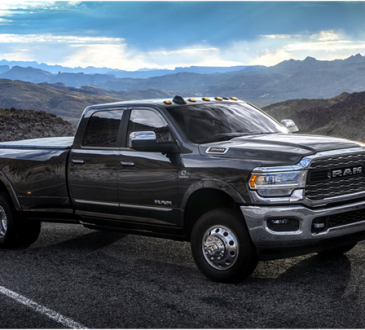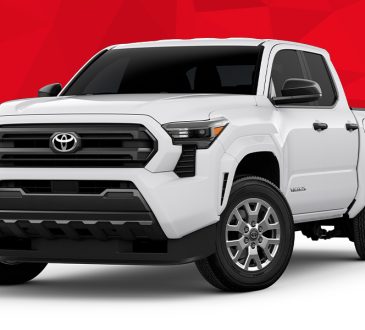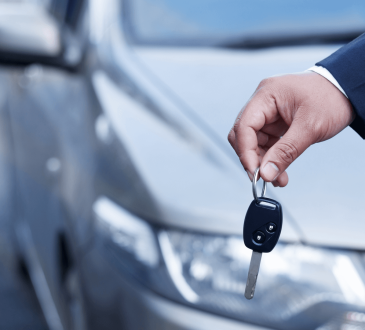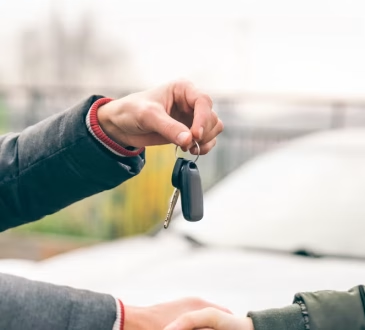
Buying affordable used motorcycles can be a great way to enjoy the thrill of riding without spending a fortune on a brand-new bike. However, while buying used offers significant cost savings upfront, it’s essential to understand what to expect in terms of maintenance and upkeep. Every motorcycle, especially a used one, requires regular maintenance to stay in top condition, and understanding these needs is key to making an informed purchase.
In this blog, we’ll cover what you should expect when it comes to maintaining affordable used motorcycles, including common maintenance tasks, potential costs, and tips for keeping your used bike running smoothly.
1. Routine Maintenance for Used Motorcycles
Whether you’re buying a brand-new bike or a used one, all motorcycles require routine maintenance to ensure safe and smooth operation. However, with affordable used motorcycles, regular upkeep becomes even more critical, as previous wear and tear can impact performance. Staying on top of basic maintenance tasks can prevent small issues from turning into costly repairs down the road.
Common Routine Maintenance Tasks:
- Oil and Filter Changes: One of the most important maintenance tasks for any motorcycle is regularly changing the oil and oil filter. Over time, oil breaks down and becomes less effective at lubricating the engine. For used motorcycles, it’s a good idea to perform an oil change as soon as you purchase the bike and then follow the manufacturer’s recommended schedule, typically every 3,000 to 5,000 miles.
- Tire Maintenance: Inspecting tire tread depth, pressure, and overall condition is critical for safe riding. Used motorcycles may have older tires that need replacing sooner than a new bike. Check for signs of wear, such as cracks or balding, and replace tires when necessary.
- Brake Inspection: Brakes are another vital component of motorcycle safety, and on used bikes, the brake pads and discs may show signs of wear. Regularly check the brake pads for thickness and the brake fluid for proper levels. Replace pads if they are too thin or worn, and ensure brake fluid is clean and free of debris.
- Chain and Sprocket Care: On chain-driven motorcycles, the chain and sprockets need regular cleaning and lubrication to prevent rust and wear. Chains should be cleaned and lubricated every 500 miles or so, depending on your riding conditions.
These routine maintenance tasks are relatively inexpensive, but they are crucial for extending the life of your used motorcycle and ensuring safe riding conditions.
2. Inspecting Key Components on a Used Motorcycle
When buying affordable used motorcycles, you’ll want to inspect several key components to ensure the bike is in good working condition. While used bikes can be reliable and cost-effective, they may also come with wear and tear that requires attention. A thorough inspection will help you identify potential issues before they become bigger problems.
Important Areas to Inspect:
- Engine and Transmission: The engine is the heart of your motorcycle, and a well-maintained engine is essential for longevity. Check for signs of oil leaks, listen for unusual noises, and look at the condition of the engine’s exterior. If possible, take the bike for a test ride to assess how the engine runs and whether the transmission shifts smoothly.
- Battery Condition: A used motorcycle may come with an older battery that needs replacing. Check the battery’s voltage and look for any signs of corrosion on the terminals. Batteries typically last around three to five years, so if the battery is older than that, be prepared to replace it soon.
- Suspension: Suspension components, including forks and shocks, are critical for providing a smooth and stable ride. Check the suspension for leaks or damage, and make sure it compresses and rebounds properly. Worn suspension can affect handling and safety.
- Electrical Systems: Ensure that the lights, indicators, and electrical components like the horn are functioning correctly. Electrical issues can sometimes be costly to repair, so it’s important to verify that everything is in working order before making your purchase.
Red Flags to Watch For:
- Unusual Noises: Grinding or knocking noises from the engine or transmission could signal underlying issues. If you hear anything unusual, have a mechanic inspect the bike before you buy.
- Fluid Leaks: Look under the bike for any signs of fluid leaks, which could indicate problems with the engine, transmission, or cooling system.
- Rust or Corrosion: While some minor cosmetic rust is normal on older bikes, extensive rust or corrosion, especially on critical components like the frame or exhaust, can be a red flag.
3. The Cost of Maintaining Affordable Used Motorcycles
One of the key advantages of buying affordable used motorcycles is the lower purchase price, but it’s essential to budget for ongoing maintenance costs. Used motorcycles, especially older models, may require more frequent repairs or part replacements than new bikes. Understanding the potential costs involved can help you plan accordingly and avoid surprises.
Common Maintenance Costs:
- Oil Changes: Depending on whether you do it yourself or take it to a shop, oil changes can range from $30 to $100. Using high-quality oil and filters can extend the time between oil changes, reducing long-term costs.
- Tire Replacement: Motorcycle tires typically need replacing every 5,000 to 10,000 miles, depending on the type of riding and road conditions. A set of new tires can cost anywhere from $200 to $500, including installation.
- Brake Service: Replacing brake pads is relatively affordable, costing around $50 to $150 per set, depending on the bike. If rotors need to be replaced as well, the cost can increase to $200 or more per wheel.
- Battery Replacement: Motorcycle batteries typically cost between $50 and $150, depending on the model. Installing a new battery is a quick and relatively inexpensive way to ensure your bike starts reliably.
- Chain and Sprocket Replacement: If the chain and sprockets are worn, replacing them can cost anywhere from $100 to $300, depending on the bike and the quality of the parts.
Avoiding Unnecessary Costs:
To avoid unnecessary maintenance expenses, it’s important to stay proactive about caring for your used motorcycle. Keeping up with regular oil changes, tire checks, and chain lubrication can extend the life of your bike and prevent costly repairs. Additionally, addressing small issues early—like worn brake pads or a weak battery—can save you from more significant problems down the road.
4. Regular Servicing and Long-Term Care
While it’s essential to address any immediate maintenance needs when purchasing a used motorcycle, ongoing servicing is just as important. Regular servicing ensures that your bike continues to run smoothly and safely for years to come. Most manufacturers provide recommended service intervals for their motorcycles, including oil changes, valve adjustments, and fluid replacements.
Recommended Service Intervals:
- Oil and Filter Changes: Every 3,000 to 5,000 miles, depending on the motorcycle and the type of oil used.
- Brake Fluid Replacement: Typically every two years or as recommended by the manufacturer.
- Chain Cleaning and Lubrication: Every 500 miles or more frequently if riding in dirty or wet conditions.
- Valve Adjustments: These are typically required every 10,000 to 20,000 miles, depending on the model. A mechanic can perform a valve adjustment during routine servicing.
Benefits of Regular Servicing:
- Improved Performance: Keeping your used motorcycle well-maintained ensures it runs at peak performance, providing better handling, power, and fuel efficiency.
- Increased Longevity: Regular maintenance can significantly extend the life of your motorcycle, helping you avoid major repairs and breakdowns.
- Safety: Regular servicing helps identify potential issues before they become dangerous, ensuring that your bike is always in safe riding condition.
Conclusion
Buying affordable used motorcycles offers many advantages, from lower purchase prices to access to a wide variety of models. However, it’s important to understand the maintenance needs that come with owning a used motorcycle. By staying on top of routine maintenance, inspecting key components, and budgeting for potential repair costs, you can enjoy a reliable and rewarding riding experience.
Whether you’re a first-time rider or a seasoned motorcyclist, keeping your used bike in great shape through regular care and servicing is the key to making the most of your investment. With the right approach, owning a used motorcycle can be both affordable and enjoyable for years to come.




